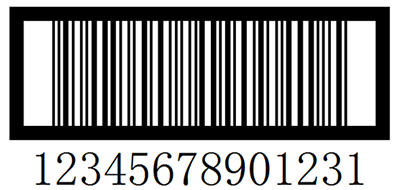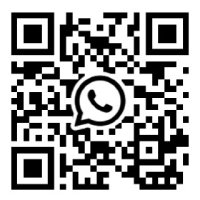Understanding ITF-14 barcode
What is ITF-14 Barcode?
ITF-14 (Interleaved Two of Five – 14 digits) is a numeric-only barcode used to identify cartons and shipping containers that contain products labeled with UPC or EAN codes. It is based on the Interleaved 2 of 5 (I2of5) barcode symbology and is always 14 digits long.
The ITF-14 barcode is commonly printed on corrugated cartons, often with bearer bars (a rectangular border) to help ensure accurate scanning even in tough environments.

Characteristics of ITF-14 Barcode
Applications of ITF-14 Barcode
ITF-14 is mainly used in logistics and packaging. Typical applications include:
- Identifying outer cartons or shipping boxes.
- Managing bulk inventory in warehouses.
- Supporting supply chain automation.
- Scanning cartons at distribution centers or during freight handling.
It's not used for individual product labeling—that's the job of UPC or EAN codes.
Structure of an ITF-14 Barcode
An ITF-14 barcode contains the following components:
- Start pattern – Marks the beginning of the barcode.
- Encoded data – 13 digits of data (excluding checksum).
- Checksum digit – The 14th digit, used for validation.
- Stop pattern – Marks the end of the barcode.
- Bearer bars – Thick border lines around the barcode to improve printing quality and scanning reliability.
Note: The encoded data must always have an even number of digits, so the data is usually padded or includes the checksum to ensure this.
Encoding Method of ITF-14 Barcode
ITF-14 uses Interleaved 2 of 5 encoding:
- Each pair of digits is encoded together.
- The first digit in the pair controls the bars.
- The second digit controls the spaces.
For example, the pair "25" is encoded by combining the bar pattern for "2" and the space pattern for "5".
Each digit is represented using 5 elements:
- 2 wide (W) and 3 narrow (N) bars/spaces.
- These patterns are "interleaved" for compactness.
Encoding table:
| Digit | Binary Code | Logical Form |
|---|---|---|
| 0 | 00110 | nnwwn |
| 1 | 10001 | wnnnw |
| 2 | 01001 | nwnnw |
| 3 | 11000 | wwnnn |
| 4 | 00101 | nnwnw |
| 5 | 10100 | wnwnn |
| 6 | 01100 | nwwnn |
| 7 | 00011 | nnnww |
| 8 | 10010 | wnnwn |
| 9 | 01010 | nwnwn |
How to Calculate the Checksum of an ITF-14 Barcode
The 14th digit of an ITF-14 barcode is a modulo 10 checksum, calculated from the first 13 digits.
Calculation Steps:
Let's say your number is: 1234567890123
1. Start from the right, assign weights:
- Multiply odd-positioned digits by 3
- Multiply even-positioned digits by 1
Example:
(1×3) + (2×1) + (3×3) + (4×1) + (5×3) + (6×1) + (7×3) + (8×1) + (9×3) + (0×1) + (1×3) + (2×1) + (3×3)
= 3 + 2 + 9 + 4 + 15 + 6 + 21 + 8 + 27 + 0 + 3 + 2 + 9 = 109
2. Calculate the remainder when divided by 10:
109 % 10 = 9
3. Subtract from 10:
10 - 9 = 1
4. Result: Checksum digit is 1
Final ITF-14 code: 12345678901231


